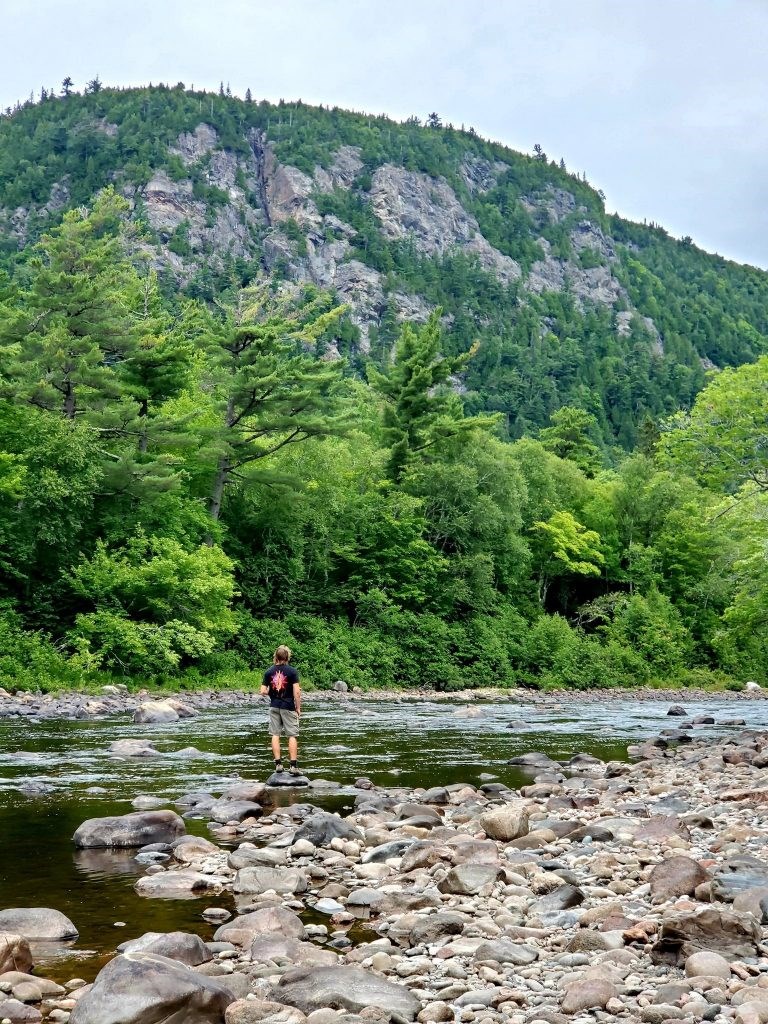
During small talk with someone last week, I asked the question, “what is something that scares the daylights out of you, but you have always wanted to do?”
This individual’s answer was skydiving, and fair enough. When the question was deflected back to me, I pinpointed certain areas of the world I want to travel to for ecotourism and nature documentary purposes, but the countries are deemed just too unsafe due to the human factor.
A large proportion of the world’s most naturally spectacular and biodiverse areas are located in developing countries closer to the equator.
Sadly, many of these countries do not have impressive track records with sound governance. Such corruption and societal instability fuels what the public and visitors see at ground level: higher rates of poverty generally correlating with a higher incidence of crime. Kidnapping, disappearances, sexual assault, theft, and scamming can all run rampant where people are struggling to make ends meet.
For an example to answer my own question, take the Ondo-Pacific nation of Papua New Guinea. Sitting snug on the equator, this steamy tropical landscape contains towering mountains, lush tropical rainforests, 15 active volcanoes, massive mangrove rivers and coral reefs. The island is known for its bizarre and endemic collection of showy, impossibly colourful birds known as birds of paradise. There are still isolated tribes of people up in the forested mountains, remarkably uninfluenced by the effects of westernization.
What’s not to love about such a wild and precious travelling frontier?
Look no further than Canada’s government website, where the far-away land of Papua New Guinea has been labelled as “Exercise a high degree of caution” due to the level of serious crime. The website goes into great detail about the different types of crime, and how it can occur in both the capital city and deep in national parks.
In my research of this country, I spied a curious and invigorating hiking trail named the Kokoda Trail, but its natural wonder comes coupled with trail attacks that occur in the middle of nowhere, with specific mention of rogue gangs with machetes.
Curiously, on the flip side of the world and closer to home, the same violence can happen on America’s famous Appalachian Trail. So I ask, at what point does your perception of one place become the deciding factor of whether you go or not, and based on whose perception? Is the Kokoda Trail statistically safer than certain neighbourhoods in St. Catharines, Toronto, or Los Angeles at night?
Jumping continents again, there is a giant blob of green in the middle of Africa. The Congo rainforest is the second-largest region of tropical rainforest in the world, second to the Amazon. It is full of unknown species and wild rivers. It is the home to gorillas, but also guerilla warfare. Entire families and villages can be brutally wiped out overnight by inter-tribal conflicts and unofficial militant rebels. Kidnappings are common, and as a visitor from another country, it is generally a no-go zone on the international stage.
This is a sad reality and a shame to the innocent locals who live there. I am a firm believer that 99 per cent of people in the world, in any country, are inherently good and harmless. For conversation sake, the one per cent of criminal behaviour keeps a potentially healthy ecotourism industry at bay, an industry which could economically help such impoverished countries.
To play some global hopscotch for a moment, we can consider that Peru has areas of the Amazon where Indigenous tribes can attack visitors and park staff, while we also have to be mindful of dangerous drug smugglers who are trying to not be seen on the back rivers.
In China, people can simply be detained or disappear without question due to aggressive government behaviour, which is not something I am exactly keen on. However, I would definitely be keen to explore China’s subtropical mountains and Yangtze River gorges, containing an endangered species of dolphin and a rare type of alligator.
Full circle and back to Canadian soil, we can feel grateful that we generally live in an area of the world with social and cultural stability. We are not perfect, as human dangers can exist in Canada’s wild lands, too, but on the scale of relativity, I would wager our country scores very high in the positive correlation between peaceful people and peaceful forests.